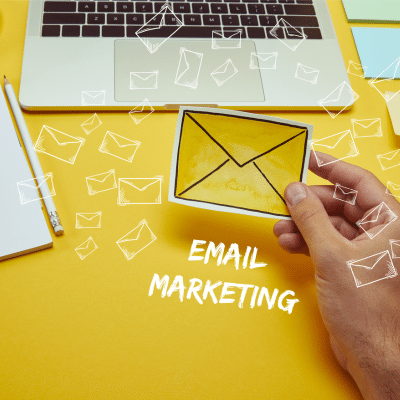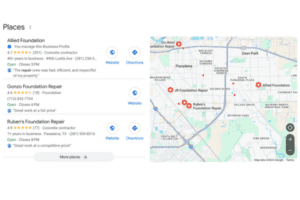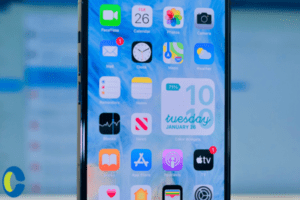E-mail marketing continues to be an integral part of marketing strategy, especially when utilizing methods of demand generation. The reason it holds its strength is its personal approach – by delivering relevant content into your customer’s world, you invite them into yours.
Not all email marketing is created equally. In order to be personal, not classified as spam, and look professional, you need to follow some of the best practice approaches.
Your customers are in their inboxes every day – if not several times a day. In fact, they no longer need to “check” their e-mail, it often comes directly to their mobile phone and alerts them upon immediate arrival. By using e-mail marketing correctly, your content is displayed in front of your past, current and potential customers in a way that solidifies your brand personality and strengthens your inbound marketing strategy.
Whether you’re new to to the game, or a professional, here are a few helpful tips in employing e-mail marketing to work for your business.
- About 3 in 5 consumers check their email on the go (mobile) and 75% of them say they use their smartphones most often to check email. – Fluent “The Inbox report, Consumer perceptions of email” (2018). This is an important statistic to keep in mind when creating e-mail campaigns to accompany your marketing strategy. It is extremely vital to establish responsive e-mails to be sure they display correctly on all devices. You can do this by sending test e-mails to yourself, or by utilizing software that runs tests for you on each platform.
- Test your e-mails. You should be using trial and error (A/B testing) to test your campaigns to determine best times and dates to send your email or the best e-mail subjects. Depending on the nature of your company and the persona of your recipients, the times can vary for what is suitable and most effective for your business. By comparing how many opens your e-mail received during certain hours or with certain subjects, you can better determine what to use for your future campaigns.
- Nurture your leads using automated e-mails. Companies that excel at lead nurturing generate 50% more sales-ready leads at 33% lower cost. (Source: Forrester Research). Use these automated e-mails to deliver educational, relevant or helpful content to your subscribers over a period of time. Automation is the key to nurturing your audience until they are ready to give you their business. It helps build credibility to your company, brand personality, and makes the consumer feel confident with their buying decision.
- Don’t be spammy! When referring to e-mail marketing, some relate this to spam. With filters getting more intelligent by the day, it can be difficult to let them know you’re a legitimate source. There are a few things you can do to avoid being classified as junk.
- Encourage interaction with your e-mails. The more recipients that interact with your messages, the less likely your future e-mails will be categorized improperly and sent to the virtual incinerator.
- Don’t flood inboxes. There’s a reason you may hear automated campaigns referred to as drip campaigns – not gushing campaigns. Too many e-mails = a red flag for spam filters. And those e-mails that dodge the spam filters? They have a much higher chance of being unsubscribed from if you’re sending too frequently. And that’s an interaction you don’t want.
- The #1 way to not be classified as spam? Don’t BE spam. Your recipients should be past, current or potential customers that have either opted in for your e-mails or expressed interest in your products are services. If they ask not to be contacted, be sure to honor that request 100%.
- Seek help when needed. There’s a great deal involved in expertly-crafted e-mail campaigns – we can only begin to scratch the surface. Marketing firms specializing in inbound marketing are a great start to helping you take the guess-work out of your strategies and make your campaigns as effective as possible.















